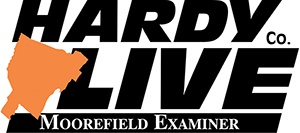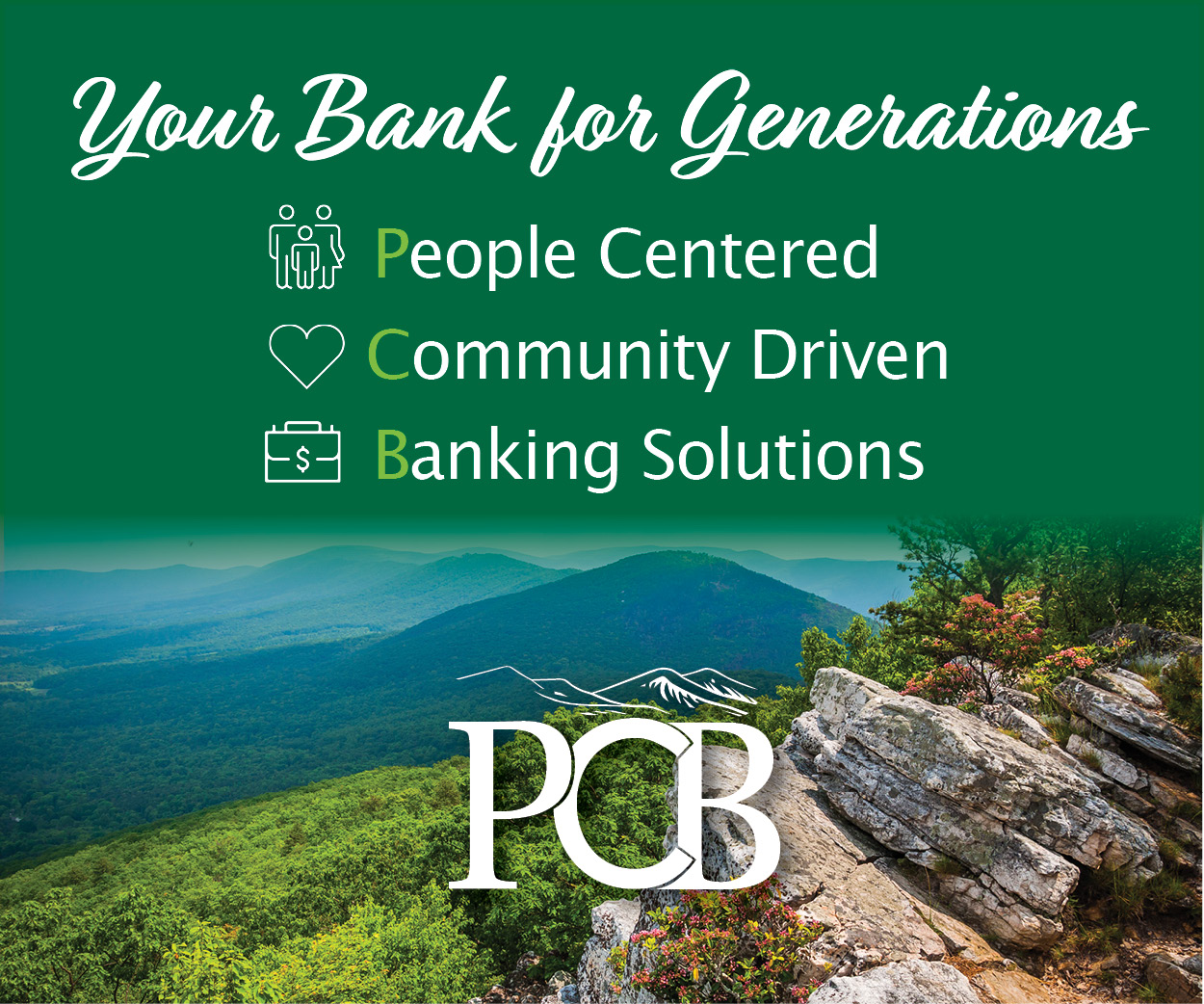From The Journal of Martinsburg:
A lot of attention is being paid to what our children are reading nowadays, turning once sedate classrooms and libraries into battlefields in our country’s never-ending culture wars.
Some overzealous parents and community members have gone on book-banning benders, even though restricting the choices of young people and dampening their curiosity is hardly a path to instilling a lifelong love of reading and all the benefits that flow from that. Rather than wringing our hands about whether children should be exposed to Judy Blume, Anne Frank, Toni Morrison or Carl Sagan, our time would be more productively spent facing up to a much simpler and more pressing reality — some of the parents of those children have a hard time reading themselves.
Overall, the United States has an adult literacy rate of 79% as of 2022, with 21% being illiterate. On a worldwide scale, the U.S. is the 125th most literate nation in the world, despite our economic power, military might and cultural dominance. We fall well behind the likes of Uzbekistan, Tajikstan, Kazakhstan, and the European microstate San Marino, all of which have close to universal literacy. Also, according to the U.S. Department of Education, 54% of adults aged between 16 and 74 are not proficient in reading. That means they read below a sixth-grade level.
And it’s costing us all.
In 2020, a Gallup study found the country could be losing out on a little more than $2 trillion every year as a result of our middling levels of adult literacy. The study was carried out on behalf of the Barbara Bush Foundation for Family Literacy, and British A. Robinson, the organization’s CEO, pointed out, “America’s low literacy crisis is largely ignored, historically underfunded and woefully under-researched, despite being one of the great solvable problems of our time.” He also said that a lack of literacy “prevents millions of Americans from fully participating in our society and our economy as parents, workers and citizens. It lies at the core of multigenerational cycles of poverty, poor health, and low educational attainment, contributing to the enormous equity gap that exists in our country.”
Adults wanting to improve their reading skills can take classes, but opportunities to enroll in one can be few and far between in parts of the United States bedeviled by the lowest rates of adult literacy. Sometimes resources provided to the programs can be so meager that students end up on waiting lists. Despite the dedicated efforts of paid staff and volunteers, sometimes the programs don’t have enough material or teachers with the specific skills to help adults who struggle with reading. There’s also a problem in connecting adults with the services — it’s estimated that only 3% of the eligible adults take advantage of the programs that could help them.
The fact that we lag behind our developed peers in adult literacy should make it a top-tier concern. Much of the effort to second-guess which books are available in our libraries and to whom would be better spent on raising funds and organizing volunteers to offer more adult literacy programs.







